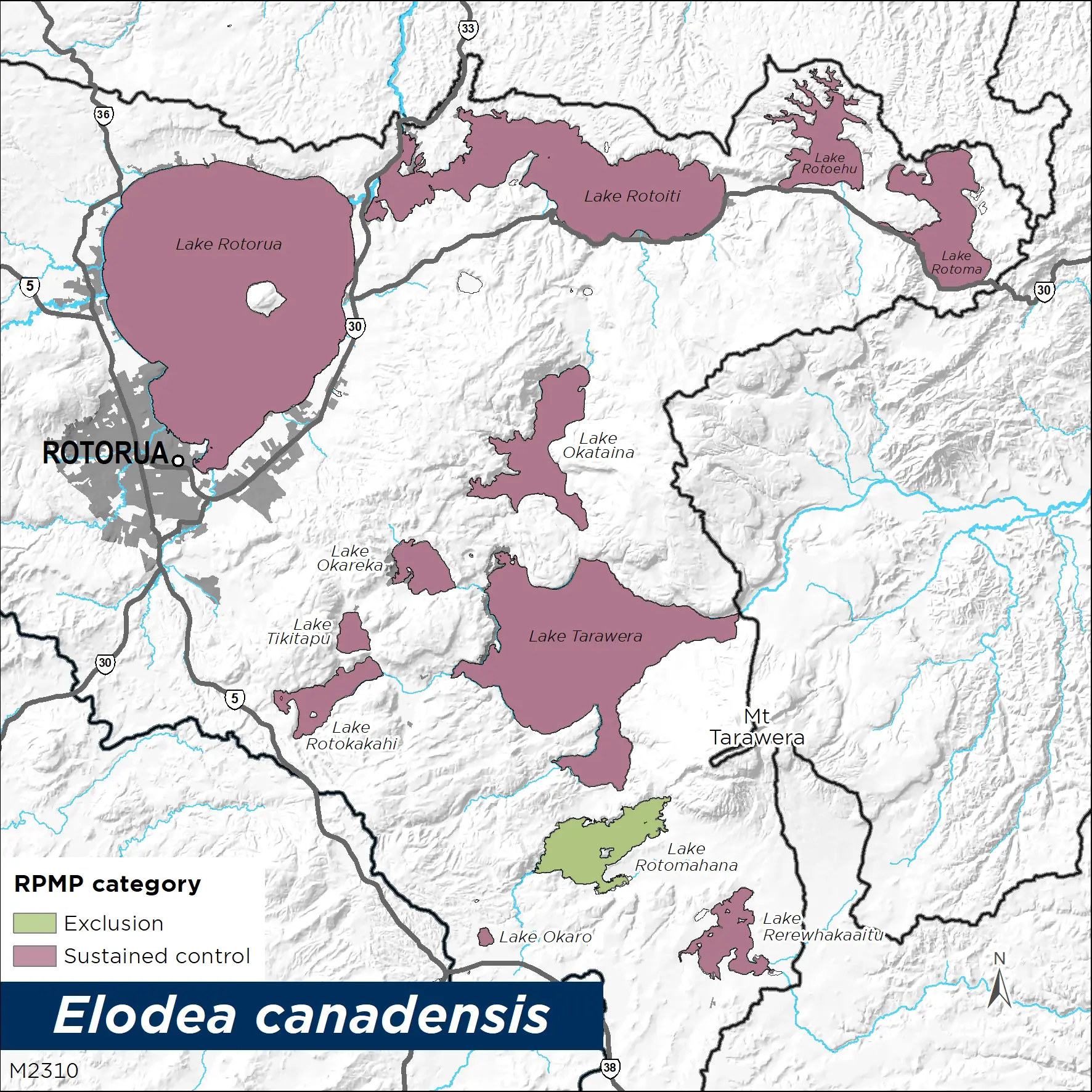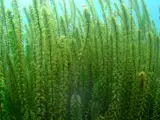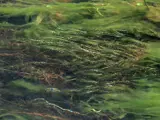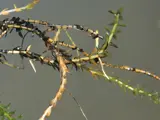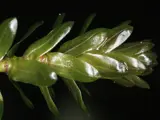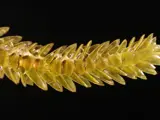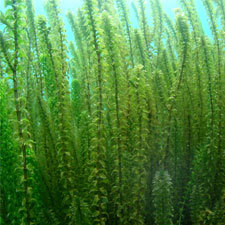 Elodea
Elodea
Common name: Elodea
Botanical name: Elodea canadensis
Management programme: Exclusion, Sustained Control
Elodea is commonly known as Canadian pondweed as it originates from North America. Originally brought to New Zealand as an ornamental aquarium plant it was recognised as ‘weedy’ by 1872. Elodea spreads through fragments breaking off and settling in new sites.
Why is it a pest?
- Can form deep underwater ‘meadows’ that shade out smaller native species.
- Rotting Elodea stagnates waterbodies, killing fauna and flora.
- Elodea is spread by fragments being moved between waterbodies either through waterflow or contaminated boating or fishing equipment or machinery.
Where is it found?
- Elodea is an aquatic plant found submerged, in ponds, lakes, drains and waterways.
- Widely found throughout both the North and South Islands.
- Present in all Rotorua lakes.
What does it look like?
- Submerged, dark green, aquatic perennial.
- Forms tall dense masses in freshwater to 10m deep.
- Brittle, pale stems with bright green leaves occurring in whorls of three, whorls often having little space between them.
- Inconspicuous flowers on long thread-like stalks have five petals, white tinged with purple, and float on the water surface. Flowers from November to January.
What are the rules?
Exclusion
Exclusion pests are not known to be present or established in the Bay of Plenty region. The Bay of Plenty Regional Council is responsible for managing new incursions into the region. Action may be required from landowners or occupiers to support a control operation.
Sustained Control
Sustained Control pests are well established in the region and preventing the spread is no longer a realistic objective. Management focuses on reducing general impacts of the pest. Landowners/occupiers are responsible for the control of these pest species on their land. Council may enforce control.
How do you get rid of it?
We are trying to prevent Elodea from getting into our waterways which have not been infested. If you are travelling with equipment or machinery between waterways please ensure that you check, clean, and dry.
If you would like advice on how to control Elodea please contact the Bay of Plenty Regional Council.
Images

